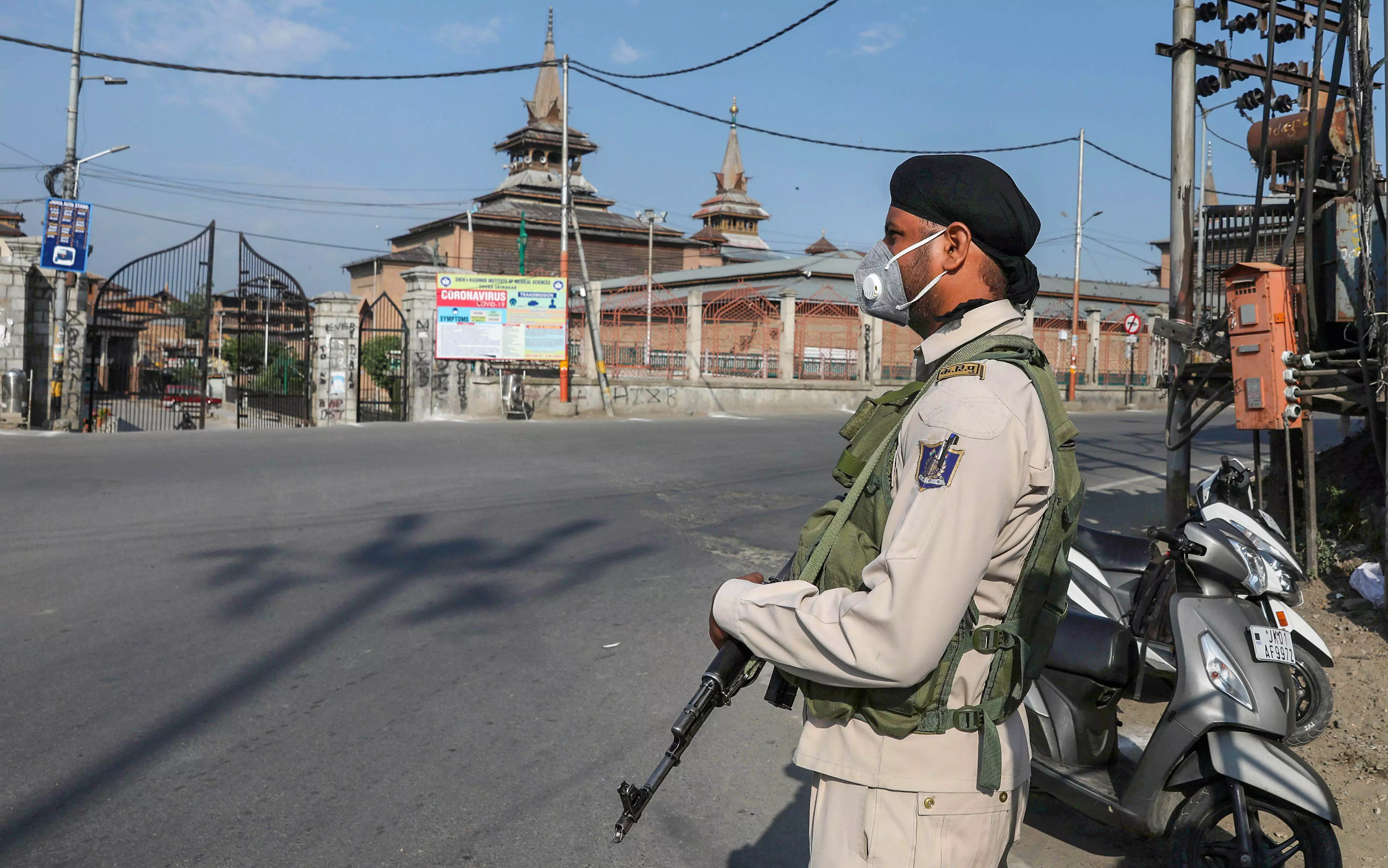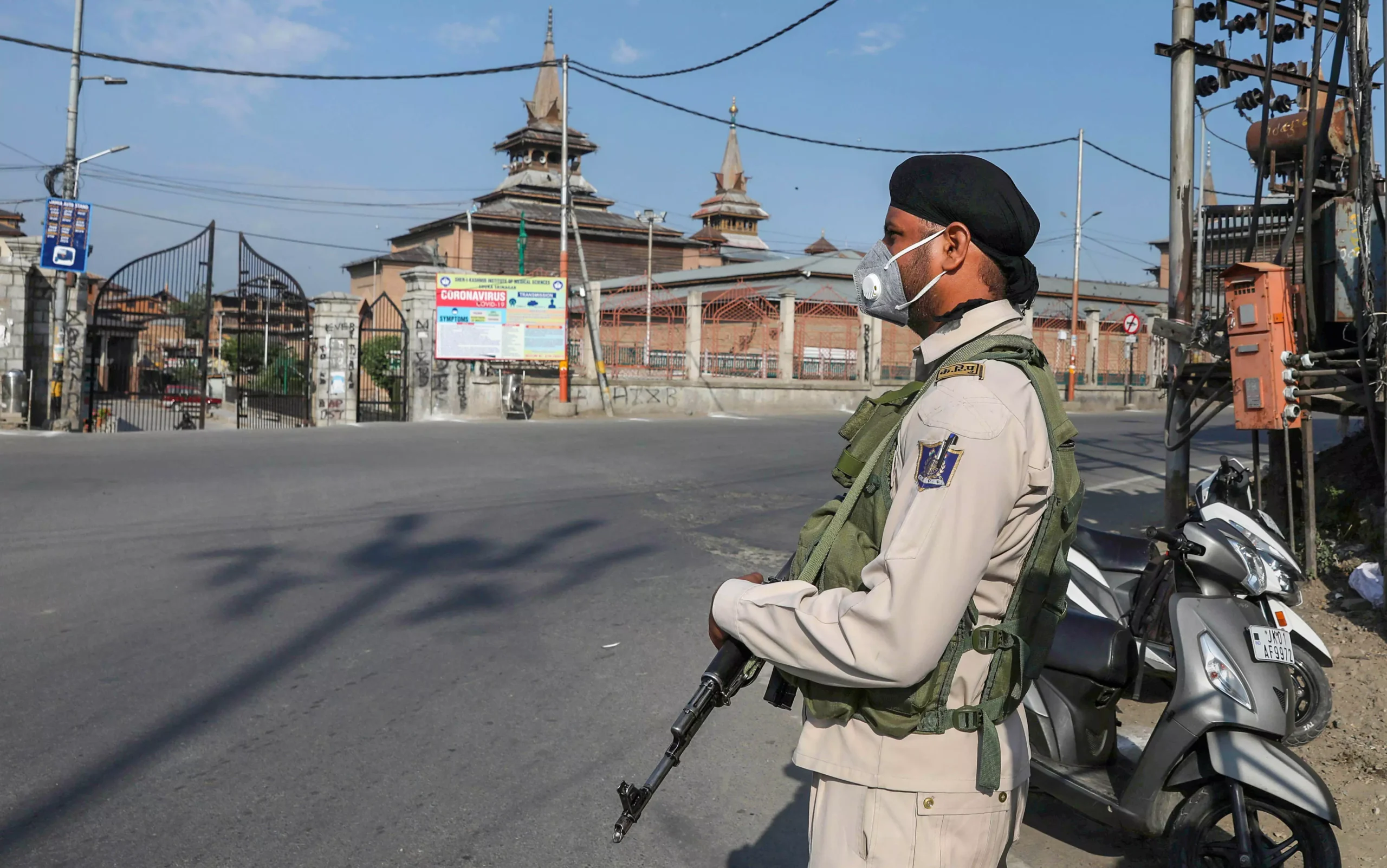
On August 5, 2019, the Government of India surprised everyone with a bold and momentous decision to abrogate Article 370 of the Constitution; a decision which was subsequently upheld by the Supreme Court of India. Five years down the line, there may be different perceptions about how successful the post-370 era has been in Jammu and Kashmir. There will be many comparisons between now and the earlier period, in the context of the economy, development indices, quantum of happiness, level of freedom and further aspirations of the people of J&K.
Most opinions will be positive, and rightly so. The freedom of movement, social interaction, conduct of business, pursuit of education and simply the quality of life of the people has undergone a huge margin of change. There will be statistics galore to prove how graphs have moved positively but none of that is required when you simply assess with experience the intense period of instability that J&K had undergone. Compare that period gone by with current times, and more important, look at the future. It will be incorrect to label the current situation as one of normalcy. As someone who professionally looks at conflict termination and its resolution, I would reserve my adjectives simply so as not to go overboard. I would not be conservative either. A lot has changed due to the momentous decision. Change has taken place in the daily lives of the people, and perhaps the biggest and most unrealised change is the return of dignity to them. Hybrid conflicts of a proxy nature, where terrorism is the core entity, have a notorious way of robbing the people of their most prized possession: human dignity. The people of J&K may have temporarily lost the status of their region remaining a full-fledged state. They may have lost the opportunity thus far, to elect an Assembly and thus a government. Yet, that loss may have actually restored much more to them than they could bargain for. For three decades and more, they were held hostage to a security situation wrought on them by sponsors from across the Line of Control. These were the same who could never be concerned about the number of civilian casualties or the dismal collateral impact of bringing war to the people’s doorstep. It inflicted indignity on their existence as in any war zone. There is no way that the security forces can conduct operations against holed-out terrorists or meet the challenge of stone-throwers in the streets, while retaining the dignity of the people. Such hybrid situations bring insecurity to people’s existence as they are sandwiched between the forces and the terrorists and their supporters. The amelioration of those situations ensures the progressive return of security and dignity, two essentials for human existence.
I have no doubt about the claims of the J&K government on investment pouring in, new infrastructure completed or in the making, better welfare through medical and education facilities, or the reported 93 daily airline flights which are bringing in hundreds of tourists to contribute to the economy and to employment opportunities. Each time I am met at the airport by the many people I know in Kashmir, I find a greater degree of happiness on their faces. That spirit and happiness can never come when there is societal sulk, something which existed in good measure.
It is not as if J&K has been converted into an El Dorado but life has become much more normal where the young can meet over coffee and families can go shopping.
The era when people, irrespective of status, were subjected to frequent frisking at checkpoints by stern troops who only did their job, was one which no citizen of J&K would wish to return to. That is the reason why it’s been easier to remove separatist influence and neutralise terror networks. On the anniversary, or near about, of the abrogation of Article 370, the inevitable question that a suspicious strategic mind like mine will ask is this: can all this be turned around yet again, against the nation and against the people?
The situation in Jammu division is triggering the above question in the minds of many people, and it deserves an answer. The reality is that 30 years of hybrid strife can perhaps not be rooted out by five years of near normalcy.
We have achieved much but cannot be lulled by that because such situations are many times transitionary. We have changed things internally but nothing much externally. Pakistan, with its intent against J&K, remains existent without any change in its approach or attitude.
The radical elements which make up the terrorist ranks have only proliferated and Pakistan is much more emboldened by its strategic partnership with China. The separatists are still there, comparatively irrelevant but existent. That is why eyes cannot be taken away from the scanner; the horizon has too many straws in the wind. The terror revival in Jammu division of sorts should not perturb us too much. There it cannot be on a mass scale. Pakistan is also aware of its limitations of pursuing the Jammu dividend. The centre of gravity for Pakistan lies in the Kashmir Valley. A military terrain analysis will reveal that by straining the Pir Panjal region, nothing much is achieved by Pakistan except a few casualties inflicted on Indian security forces, in which too it is a matter of time before there is a reversal of fortunes, now that the counter-terrorism grid, the intelligence networks and the fraternisation with the population has received an impetus. Pakistan also knows that well and it is proliferating action to the Line of Control.
What definitely needs to be realised by the leadership and the people of India is that ours is one of the rare nations which has effectively countered a very active proxy hybrid war, although it may have taken us several years doing so. Our initiation may have been entirely kinetic but in recent years the adoption of a combination of the political, military, social, economic and very largely a psychological approach has paid us rich dividends. The August 5, 2019 decision by the Government of India was something which should have happened in 1972 as a sideshow to the Shimla Agreement, such was our moral ascendancy then. If not then, it could have happened on February 22, 1994 when the Joint Resolution of Parliament was passed on J&K. It finally happened five years ago, unexpectedly, but as a complete game-changer.
